#family of Catherine Parr
Text
Queen Katherine Parr: Not Important Enough?
I love how much people dismiss Queen Kateryn Parr. There may be evidence that she WAS supposed to be Regent for Edward VI. See her signature AFTER Henry died.
Credit: Elizabeth Norton
She was apparently signing as “Kateryn, the quene regente KP”. The theory goes that she was indeed made Regent for her stepson, King Edward VI. Which would make sense with the use of her signature. It is believed…
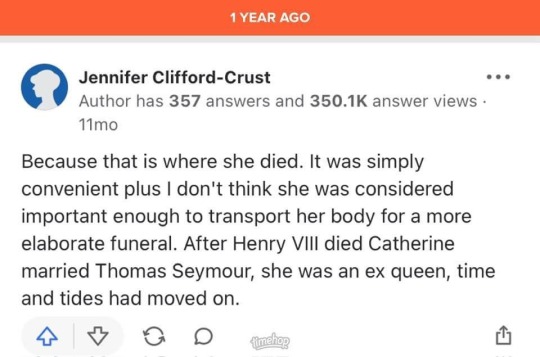
View On WordPress
#1st Earl of Pembroke#anne boleyn#Anne Herbert#Anne Parr#catherine parr#Countess of Pembroke#death of henry viii#dowager queen#Dowager Queen Catherine#Dowager Queen Katherine#Earl of Pembroke#Edward VI#family of Catherine Parr#family of Katherine Parr#henry viii#Jane Seymour#Kateryn parr#kateryn the quene Regente#katherine of aragon#katherine parr#Lady Elizabeth Tudor#Lady Jane Grey#lady mary seymour#Lady Mary Tudor#lady-in-waiting#lord seymour#Marquess of Northampton#mary seymour#Maud Green#maud parr
4 notes
·
View notes
Text
Six the musical but instead of Henry’s ex wives it’s just Princess Diana roasting the soul out of everyone.
#musical#six the musical#musical theatre#theater#theater kid#musicals#the royal family#the coronation#the uk#west end theatre#broadway#anne boleyn#catherine of aragon#anna of cleves#catherine parr#katherine howard#jane seymour#king henry viii#princess diana#queen diana#queen elizabeth the second#king charles iii#queen consort camilla#history#king charles coronation#uk politics#england
76 notes
·
View notes
Text
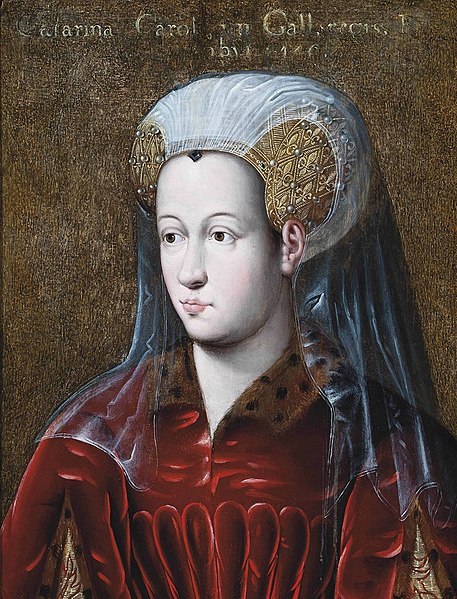
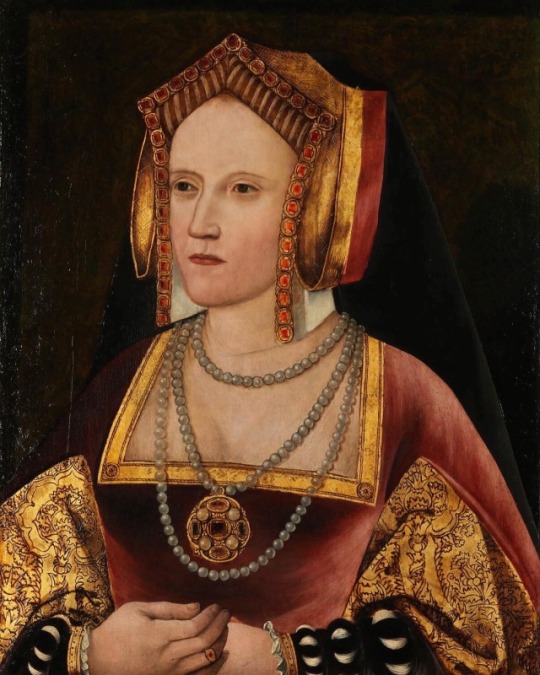
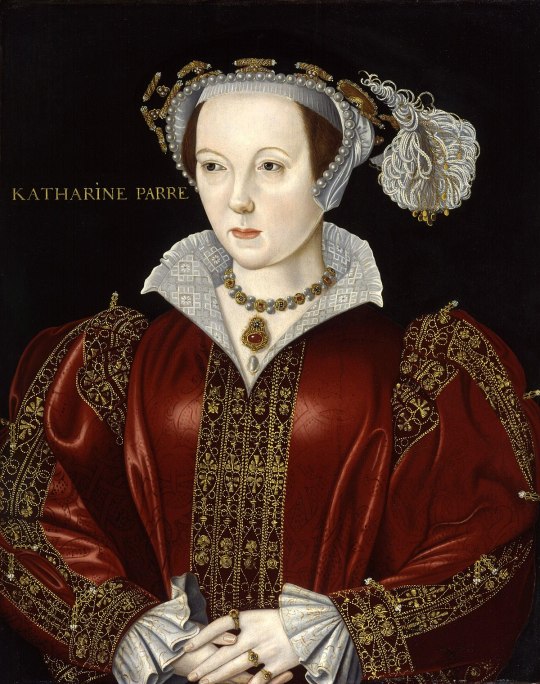
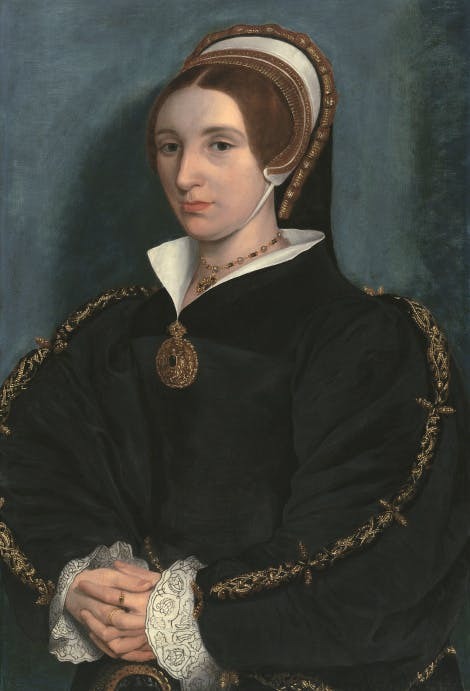
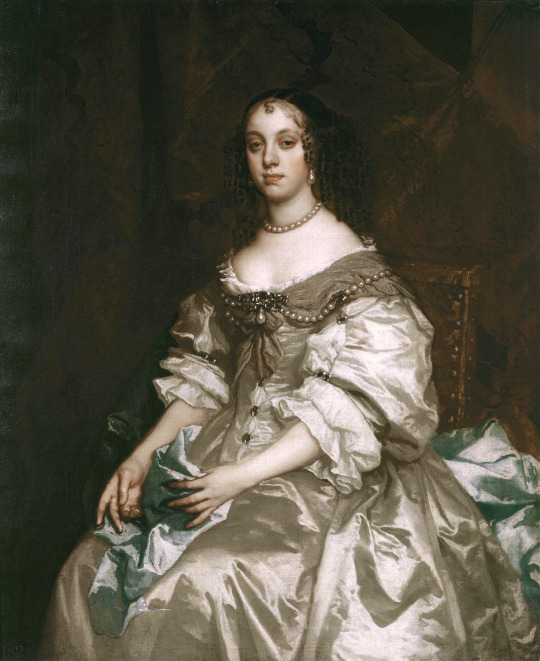
The 5 Queen consorts of the British Monarchy named Catherine;
1. Catherine of Valois (1401-1437): Consort of Henry V of England during the 15th century.
2. Catherine of Aragon (1485-1536): First wife of Henry VIII and queen consort of England during the early 16th century.
3. Catherine Howard (c. 1523-1542): Fifth wife of Henry VIII, queen consort of England in the early 16th century.
4. Katharine Parr (1512-1548): Sixth and final wife of Henry VIII, queen consort of England in the mid-16th century.
5. Catherine of Braganza (1638-1705): Consort of Charles II of England during the 17th century.
#Art#history#art history#british royal family#ktd#brf#throwback#queue#Catharine of Aragon#Catherine of braganza#Katherine parr#catherine howard#Catherine of Valois#queen catherine#royalty
13 notes
·
View notes
Text
Jane has hallucinations
*Cathy hears Catalina and Jane arguing*
Cathy: What's going on?
Catalina: Jane thinks we have a dog. 6 specifically
Jane: But we do!
Catalina: *grabs a stuffie outta thin air* DOES THIS LOOK LIKE A DOG TO YOU?!
Anna: That's mi-*gets hit by said plushie*
Catalina: SHUT UP
Anne: Why is it that the most sane people have gone crazy now?
Kat: We're truly doomed now
#source: my family#six the musical#anne boleyn#six the musical incorrect quotes#incorrect six quotes#six the memecal#catherine of aragon#jane seymour#catherine parr#anna of cleves
12 notes
·
View notes
Text
My BE hot take is that Edward and Mary should have been the protagonists this season, with the main plot focusing on how their love for each other entered in conflict with their religion beliefs until these differences were irreconcilable, all leading to Edward excluding her and Elizabeth of the succesion and naming Jane his heir instead. Elizabeth should've been a supporting character, with the Seymour affair lasting only two, three episodes top (and no gross graphic scenes), and then she would lay low for the rest of the season but she still would be there in the background, watching and learning from everyone else's mistakes. Also I would show her bonding with Anna of Cleves because unlike the show runners I do not think that this show has that many characters for a short cameo of her to be "confusing". Oh and her plot with Robert can be almost exactly the same, because I really like the angst they're delivering. Then in season 2 Elizabeth would become a main character, with the main plot mirroring the plot of season 1 (i.e. two sisters who loved each other but their differences also ended up being irreconcilable), except that this time is Mary the one that is the the place that Edward was in season 1, and unlike their brother, Mary does name Elizabeth her heir because she understood that it was the best for England, putting the stability of the country before her personal beliefs, and thus completing her character arc.
#the themes would basically be Familial love vs Personal beliefs vs Duty#also in my version of BE Anne Stanhope and Frances Brandon also exist and Catherine Parr is actually loving towards Elizabeth#becoming elizabeth
47 notes
·
View notes
Text
Anyways, The Taming of the Queen is about being haunted and The Other Boleyn Girl is about fucked up familes. I would have little to no objections to the books because these two themes were portrayed out very well and very appealing to me. The problem comes with the whole historical fiction, which is dubiously annoying (Catherine Parr) to deeply teeth-gnashingly essay-long frustrating (Mary Boleyn). Another issue I have is when people (the author) don’t seem to understand why these two themes are so important in favor of other shit; glaring historical innaccuracies, exaggarated pedophilia, victim blaming, gratuitous sex, etc etc.
#movie tagline ‘tobg is about two sisters’ love for the king😩😔’ me: tobg is about ambition. and screwed up families. the inane boleyn dynamic#is centre key to tobg! stop making it all about henry!#them: taming of the queen is a doomed romance 😌#me: its about a woman marrying a guy who terrorizes her life and nearly kills her. psychological drama at best. thriller at worst#phillipa gregory#the taming of the queen#the other boleyn girl#mary boleyn#catherine parr#katherine parr#kateryn parr
3 notes
·
View notes
Text
Anne Boleyn: When I was young, I left a trail of broken hearts like a rockstar. I’m not proud of it.
Catherine Parr: You’re kinda proud of it. You work it into a lot of conversations.
6 notes
·
View notes
Text
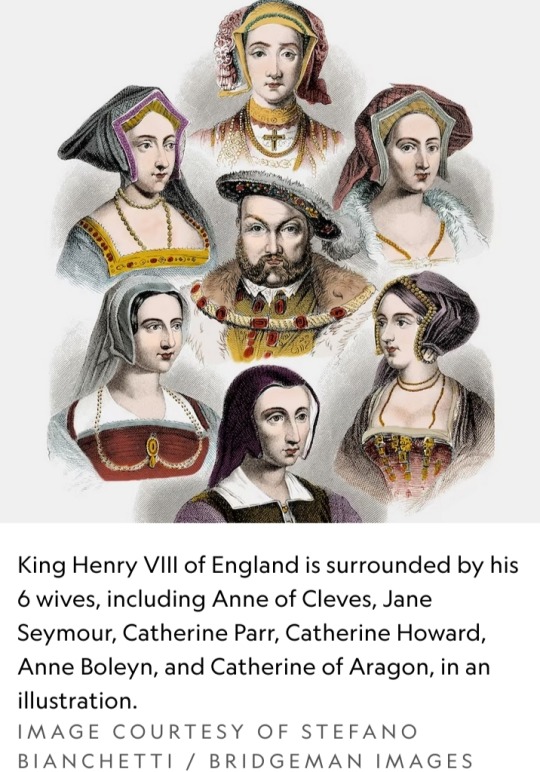

Authors Toby Marlow and Lucy Moss found inspiration for their hit musical in the lives and loves of King Henry VIII, but SIX tells the story from the women’s point of view.
Each queen gets her moment in the spotlight to explain her fate of being “Divorced. Beheaded. Died. Divorced. Beheaded. Survived.”
Divorced: Catherine of Aragon
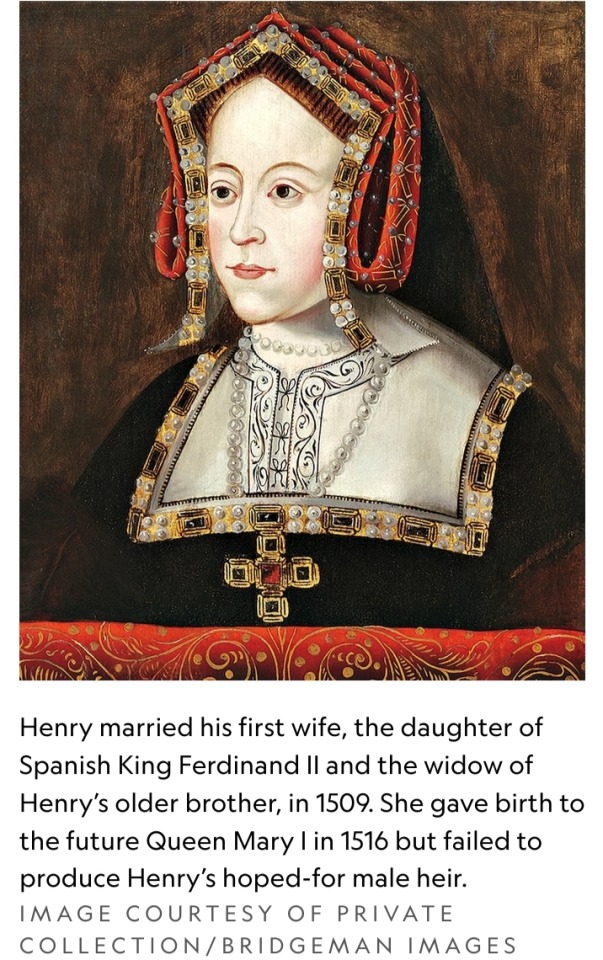
Larger-than-life Henry VIII ruled England for 36 years (1509-1547), raging war against France and Scotland, separating from the Catholic Church, and paving the way for the constitution of England, among other political achievements.
But young Prince Henry was not destined to be king. When his older brother Arthur died in 1502 at age 15, Henry became the heir to the throne.
When Arthur died, Henry didn’t just inherit the throne—he inherited his brother’s fiancée, Catherine of Aragon.
After marrying, the two became parents to a son—who tragically died two months later.
Their daughter Mary was born in 1516, but by 1526, the marriage had not produced the male heir Henry needed to secure the succession.
He began looking for a new bride, even though the Catholic Church made it impossible to divorce Catherine.
In the end, the answer was simple:
Henry believed he was a king ordained by God, so he, not the pope, had ultimate authority over his kingdom; as such, he could grant his own annulment.
This decision led to England’s break with the Catholic Church—and the creation of the Anglican Church.
After their annulment, Catherine was given the title “Dowager Duchess of Wales,” and she lived out her days at Kimbolton Castle. She died in 1536 from cancer at the age of 50.
Mary, by the way, went on to become Queen of England and Ireland from 1553 to 1558, during which time she fought to reverse the English Reformation, brought about during her father’s reign.
Beheaded: Anne Boleyn
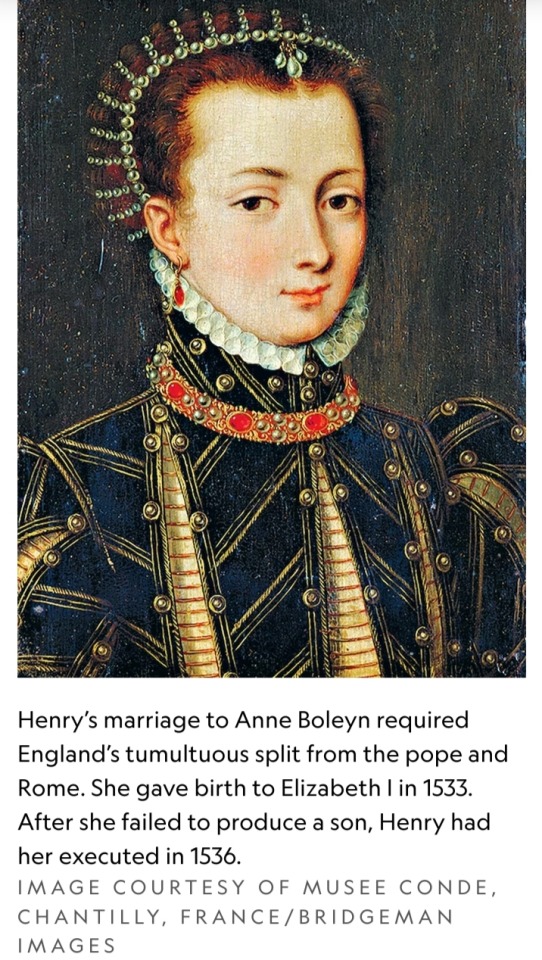
While still married to Catherine, Henry had begun wooing a court beauty, Anne Boleyn, and was determined to marry her.
A lady-in-waiting to Catherine, Anne was sophisticated, charming, and confident.
She is commonly believed to be the wife he loved the most.
As his advisers worked on “the King’s great matter” of the divorce, the couple had to wait seven years to be married—though the two flaunted their relationship in court.
He wrote her love letters, which still exist today:
“I hope soon to see you again,” he wrote, “which will be to me a greater comfort than all the precious jewels in the world.”
Anne was six months pregnant when they finally said “I do” in June 1533. Three months later, she gave birth to Elizabeth I.
She had two stillborn children and suffered a miscarriage in 1536; the fetus appeared to be male. Henry still did not have his heir.
Little by little, Henry grew tired of Anne, and his eye caught sight of a new woman: Jane Seymour.
To end the marriage, Henry needed to find a way out—and he found it through accusing Anne of high treason.
For the crimes of adultery, incest and plotting to murder the king, Anne was arrested and imprisoned in the Tower of London.
She went on trial, denied all charges, but was found guilty.
Anne was beheaded on 17 May 1536 at the Tower and buried in an unmarked grave beneath the Parish Church there.
Died: Jane Seymour

While married to Anne, Henry visited the Seymour home. It was believed that was when he first laid eyes on Jane, who served as a lady in waiting for both Catherine of Aragon and Anne Boleyn.
As in his relationship with Anne, Henry began courting Jane while still a married man.
Beautiful and reserved, she was a stark contrast to his first two wives. Before long, rumors of his attraction to her spread.
He proposed to her the day after Anne Boleyn’s execution, and they were married a month later.
She bore a son, the future Edward VI, in 1537 but died within 12 days of giving birth.
She is the only wife buried with him in the same tomb in St. George’s Chapel at Windsor Castle.
Divorced: Anne of Cleves
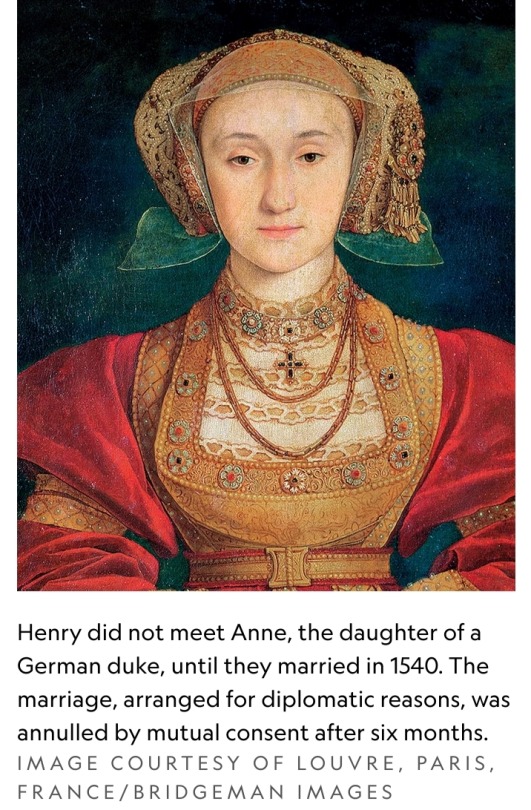
Henry’s ministers searched high and low for a new wife for the king, whose abysmal marital reputation preceded him.
Anne of Cleves, the daughter of a German duke, became a prospect for diplomatic reasons:
The marriage would ally England with a Protestant duchy, thus solidifying England’s religious reformation.
But Henry needed to know what she looked like, so, on the advice of Thomas Cromwell, he sent his favorite court painter, Hans Holbein the Younger, to the German duchy.
He approved based on the portrait.
When Anne arrived, however, he was crestfallen to see she was not as fair as reported.
(Remember, he was no great looker at that time of his life—obese, in chronic pain, with an unpredictable temper.)
Nevertheless, they were married at Greenwich Palace on 6 January 1540, but he was already looking for a way out.
The marriage was annulled six months later, on the technicality that it hadn’t been consummated.
She was given Hever Castle (Anne Boleyn’s former home) and the title “King’s Beloved Sister.”
Thomas Cromwell was not so fortunate; Henry had him executed for his miscalculation.
Beheaded: Catherine Howard

Henry was 49, and Catherine was 19 or 20, when he spotted her among the ladies in waiting to his previous wife, Anne of Cleves.
Vivacious and full of energy, the young Catherine had no choice in the matter. The pair married in 1540, three weeks after his separation with Anne.
She became his trophy wife.
No doubt turned off by her much older husband (who suffered from various ailments including ulcerous legs), she fell in love with Thomas Culpeper, one of Henry’s young advisers.
The Archbishop of Canterbury, Thomas Cranmer, found out, and he reported her indiscretions—including those that occurred before their marriage with other men—to Henry.
She was charged with “unchastity” before her marriage, concealing her indiscretions, and adultery: acts of treason.
She was executed on 13 February 1542.
Survived: Catherine Parr
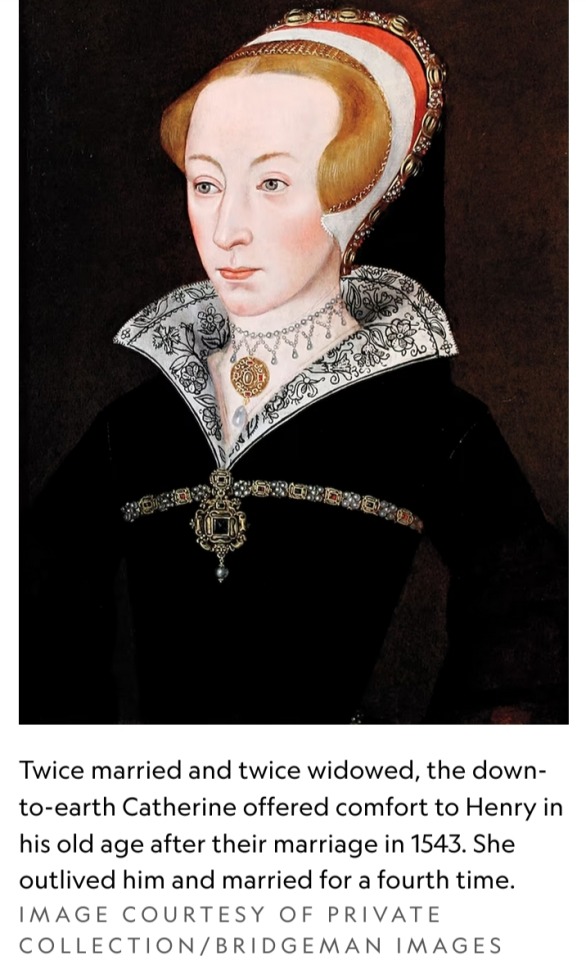
Twice married and twice widowed, the down-to-earth Catherine was reluctant at first to marry Henry. Who wouldn’t be?
She knew the fates of his previous wives, though she also knew that refusing the king could have drastic consequences.
She had caught his eye when she had been part of the household of Princess Mary, the king’s daughter.
They were married in 1543. By all reports, she was a loving, pious wife who offered comfort to Henry in his old age.
She helped Henry to reconcile with his two daughters, Mary and Elizabeth, and ensured they were educated and restored to succession.
She outlived him and married for a fourth time.
#King Henry VIII#Catherine of Aragon#Dowager Duchess of Wales#Anne Boleyn#Jane Seymour#Edward VI#Anne of Cleves#Thomas Cromwell#Hans Holbein the Younger#Thomas Cranmer#Catherine Howard#Catherine Parr#Mary Tudor#Mary I of England#Bloody Mary#Queen Elizabeth I#Queens of England#British Royal Family#King’s Beloved Sister
10 notes
·
View notes
Text
Aight besties what's Six gonna do about the Queen's death
#six the musical#six#six on broadway#catherine of aragon#anne boleyn#jane seymour#anna of cleves#katherine howard#catherine parr#queen elizabeth ii#royal family#british royal family
27 notes
·
View notes
Text
Fantasy Guide to Regents and Regencies

A Regency is a period of time where another party rules of behalf of a monarch who is either too young, too ill or absent. A Regency can either be the monarch's own choice or a decision made for them on their behalf by a third part, usually government. Either way, a Regent is selected to act as temporary Head of State whilst the monarch is incapable of ruling.
Who can be a Regent?

A Regent is an important office, even though its a temporary one. Regencies of child monarchs generally either go to the Consort, though there are all sorts of reasons why this can be blocked. Sometimes governments and kingdoms are uncomfortable with foreign consorts with uncertain allegiances ruling the kingdom or sometimes the government just doesn't approve on the basis that they doubt the Consort's skill set. Other candidates for Regencies are nearly always family members such as uncles, aunts, cousins and even children of the monarch (especially if they are absent from the country or ill). But a Regent doesn't have to be a royal. They could just be a noble elected to the position (Sir William Marshall) or even one that siezes power for themselves (Richard of York) or even a council made up of Regents, headed by a Lord Protector.
Who makes a Regent?

As I mentioned before, monarchs can appoint the Regent that will replace them in certain cases. For instance, a monarch would chose the Regent if they were voluntarily leaving the country or they might designate a chosen Regent on their deathbed or just in case of emergency. But they wouldn't chose a Regent if they were ruled mentally incompetent. In those cases, the government would chose.
The Powers and Responsibilities of a Regent

A Regent is the acting head of state but they are not the monarch. They do not have the right to wear crowns or have a coronation and are not granted the hall pass of divine right. A Regent is referred to as their own title, say for example Duke of X, Regent of Y or Prince Regent. They are merely there to fill in for the monarch. A Regent would meet with the government, make decisions with the approval by government and sign offical documents. In cases of an absent monarch, a Regent may need the approval of the monarch themselves. Regents of child monarchs would usually include their charges in the country's running, either as spectator or student. A Regent, being temporary Head of State, would also have the responsibility of ensuring a natural cessation of their power to their monarch when their term is over. Some regents are better than others at handing over power.
Notable Regents of History
George IV, Richard III, Anne of Austria, Katheryn Parr, Richard of York, Margaret of York, Katherine of Aragon, Catherine de Medici, Louise of Savoy, Phillippe duc de Orléans, Edward Seymour Duke of Somerset, Sir William Marshall, John Duke of Bedford, Humphrey Duke of Gloucestershire, John Dudley Duke of Northumberland.
#Fantasy Guide to Regents and Regencies#Regent#Royal guide#Fantasy Guide#Writing guide#writers resources#writing#writeblr#writing resources#writing reference#writing advice#writer#writer's problems#spilled words#writer's life#Writer's reference#Reference#nanowrimo
664 notes
·
View notes
Text
Queen Katherine Parr: Letter Up for Auction
Queen Katherine Parr | Letter signed, announcing her marriage to Henry VIII, 20 July 1543 Sotheby’s
“To our right dear and entirely beloved brother, the Lord Parr, Lord Warden of the Marches,” Sotheby’s
Right dear and well-beloved brother, we great you well. Letting you wit that when it hath pleased almighty God of His goodness to incline the King’s majesty in such wise towards me, as it hath…
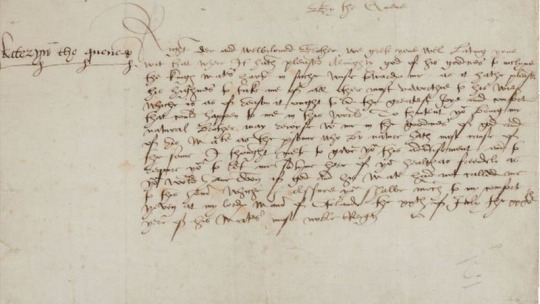
View On WordPress
#catherine parr#family of Catherine Parr#family of Katherine Parr#henry viii#katherine parr#letter of Katherine Parr#letter to William Parr#Lord Parr of Kendal#marriage announcement Katherine Parr#Queen Katherine Parr#the queen’s brother#william parr
2 notes
·
View notes
Photo

To go from being the daughter of a minor noble family to becoming a queen was highly unusual. In the sixteenth century the only recent precedent had been Elizabeth Woodville, whose marriage appears to have been a spur of the moment decision by Edward IV. Anne and Henry on the other hand faced many more obstacles to actually marry and Anne emerged, for a period, as one of the king’s chief ministers and very much a politician in her own right. This was a remarkable achievement and one that was not followed by any of Henry’s later wives (with even Catherine Parr finding it difficult to assert herself politically).
If she had lived longer, Anne would almost certainly be remembered as England’s first Protestant queen (a distinction which belongs to Catherine Parr). At the time of her death, the religious reform movement was heading towards Protestantism, but it was still in its infancy. If she had survived, Anne would also have been regent for her minor children. Perhaps this would have been thirteen year old Elizabeth in January 1547, or a younger son? In her lifetime, Anne was very politically driven. I always think of her as a politician first and I think this would have continued – she would have been a competent and powerful regent.
–Dr Elizabeth Norton
250 notes
·
View notes
Text
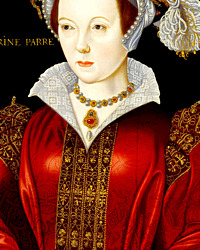







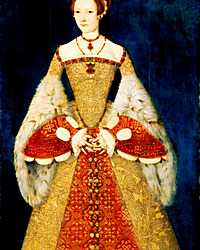
♕ @dailytudors: TUDOR WEEK 2023 ♕
Day Two: Favourite Female Tudor Family Member >> 3/3 - Catherine Parr, Queen of England
#firebrand#the tudors#becoming elizabeth#elizabeth r#firebrandedit#thetudorsedit#becomingelizabethedit#tudorweek2023#alicia vikander#joely richardson#jessica raine#rosalie crutchley#catherine parr#my edits#dailytudors
83 notes
·
View notes
Note
I tried reading up on this online and now even more confused. In the 1544 painting, "The Family of King Henry VIII" include a long dead Jane Seymour rather than his then wife Catherine Parr and what does it tell us about Catherine Parr's status at the time?
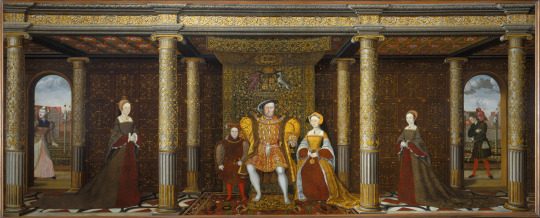
So I think @goodqueenaly might be better to ask than me, because she’s really good on Tudor and Stuart court stuff, but I do remember the painting in question and I have a theory about the Seymour/Parr question you raise. I think Jane is there primarily because she is the mother of Prince Edward, the one wife who gave Henry VIII the dynastic male heir that he had been wanting, and moreover was personally particularly congenial to Henry’s growing misogyny post-Katherine and Anne and so was somewhat idealized as a paragon of feminine modesty.
Whereas Parr was dangerously intelligent for Henry’s tastes. So the painter may have been trimming their political sails to appeal to Henry himself, the Catholic faction, or the Seymour brothers.
65 notes
·
View notes
Text
I had this idea that the Jackson's diary characters met the six queens. I'm not sure why but my idea was they met at a "we hate ginger middle aged men who hate there family" club lol. so I drew it...

(in the back Catherine (Parr) is trying to persuade Jane to join) it's a bit messy because I drew it at 11 o clock at night
#jacksons diary#six#david miller#exer campbell#brenda miller#pamela lopez#ronald novikov#jackson smith#anne boleyn#katherine howard#catherine of aragon#anne of cleves#catherine parr#jane seymour
7 notes
·
View notes
Text
Firebrand Trailer
LE JEU DE LA REINE I Bande-annonce (youtube.com)
It looks promising I'm only a bit nervous that it may be spun as a modern tragedy. The part where the peasant woman screamed "Revolution" was a bit cringy but other than that the scenes with the Tudor family look good.
Alicia's Catherine looks very young especially compared to Joely Richardson who portrayed her in The Tudors. My favorite Catherine Parr. Love the clips of young Elizabeth we've seen so far.
9 notes
·
View notes